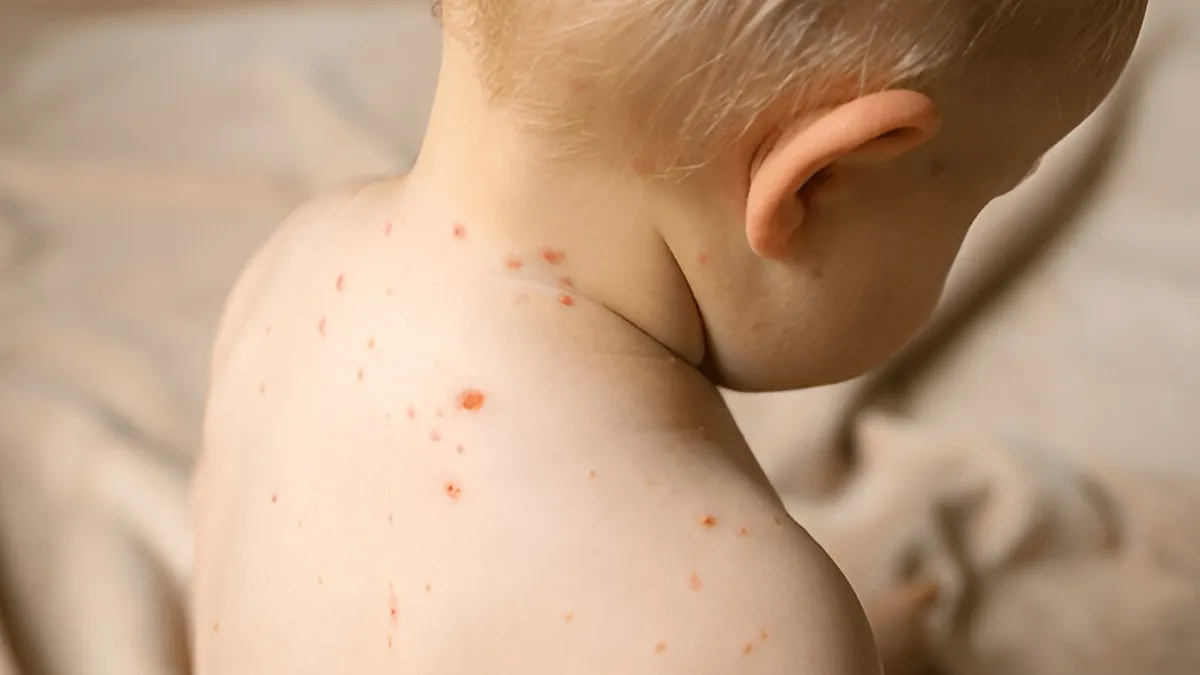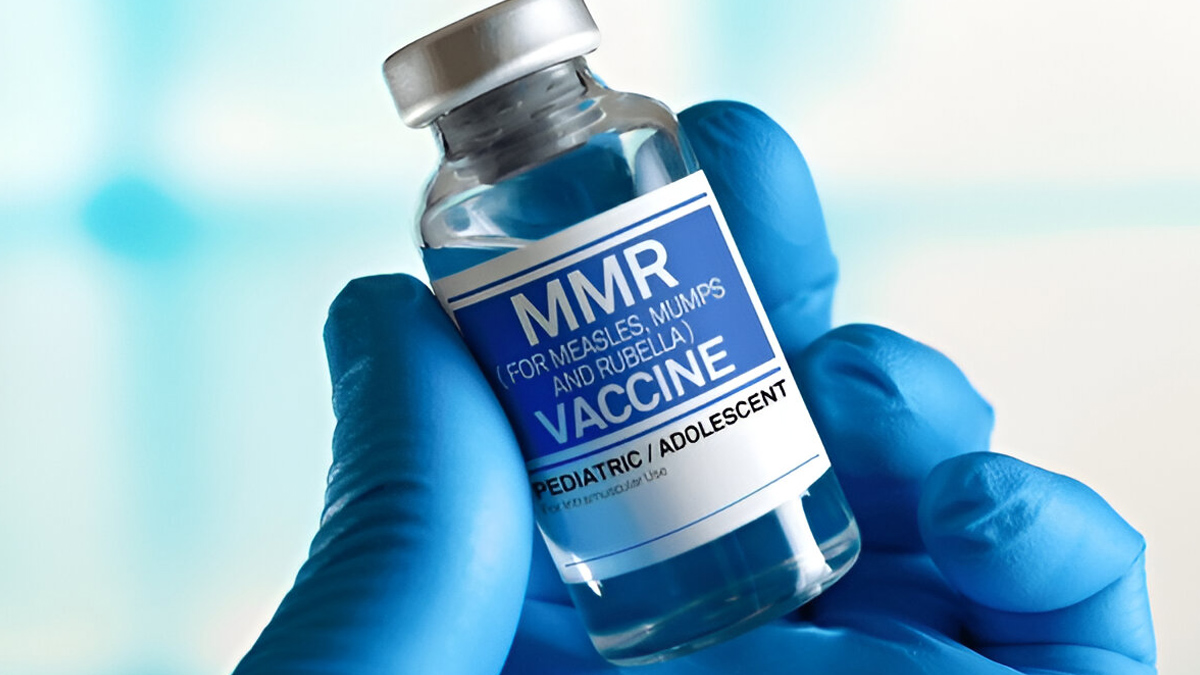
Hearing that your child has measles can feel overwhelming, especially when you know how contagious and risky this illness can be. But with the right care, home management, and timely isolation, most children recover fully without complications. The key is to act quickly, manage the symptoms effectively, and protect others from getting infected.
Table of Content:-
According to StatPearls, measles, also known as rubeola, is a highly infectious viral disease that results in acute fever. It is a preventable disease that still causes a substantial share of deaths and illnesses worldwide, particularly in areas, such as Africa and Southeast Asia. It accounts for approximately 100,000 deaths annually despite the presence of an effective vaccine.
First Things First: Confirm the Diagnosis

"If your child develops early warning signs of measles, such as high fever, red and watery eyes, persistent cough, fatigue, and a spreading rash, immediately visit your paediatrician. They can prescribe a blood test or diagnose it clinically if the symptoms are typical. After confirmation, it's important to start isolation and symptom control immediately," said Dr Somalika Pal, Senior consultant - Paediatrician and Neonatologist, Cloudnine Group of Hospitals, Kailash Colony, New Delhi.
Isolate Your Child to Prevent the Spread
Measles is one of the most contagious viral diseases, so much so that the virus can linger in the air for up to two hours even after an infected person has left.
- Keep your child at home and avoid school, daycare, or any public places for at least four days after the rash appears.
- Avoid contact with other household members, especially infants, pregnant women, and individuals with weakened immune systems.
- Ideally, your child should have a separate room and bathroom (if possible) during the isolation period.
- Use disposable tissues, hand towels, and utensils to minimise transmission.
Also Read: Who Needs A Measles Booster Shot And When Is The Right Time?
Managing Symptoms at Home
There’s no specific antiviral treatment for measles; care focuses on relieving discomfort and supporting the immune system. Here are some expert-recommended management tips:

1. Control the fever
- High fever (often as high as 104°F) is common with measles.
- Use doctor-recommended medications
- Keep your child cool but comfortably clothed.
- Ensure a well-ventilated room without drafts.
2. Keep them well-hydrated
- Fever and loss of appetite can lead to dehydration.
- Offer water frequently.
- Include oral rehydration solutions, coconut water, and clear broths if your child isn’t eating well.
3. Ease eye and throat irritation
- Red, watery eyes and a sore throat are also common.
- Close the curtains or reduce lighting if your child is light-sensitive.
- Use saline nasal sprays for congestion.
- Warm liquids, such as soup or tea, may relieve sore throats.
4. Soothe the skin rash
The measles rash isn’t itchy for all children, but when it is:
- A mild oatmeal bath soothes the irritation.
- Skip scented soaps or lotions that can irritate the rash further.
- Keep fingernails short to avoid scratching.
Nutrition and Recovery Support
- Measles can lower your child’s immunity temporarily, making good nutrition all the more important during and after the illness.
- Add soft foods that are easy to digest, such as khichdi, dal, bananas, applesauce, or mashed potatoes.
- Ensure they get enough rest as good sleep helps the immune system recover.
- Vitamin A supplements (with medical supervision) can also decrease the severity and intensity of measles. These are usually administered in two doses separated by 24 hours.
Also Read: How To Recognise Measles Rash: Signs And Key Characteristics
Watch for Warning Signs
In most cases, measles resolves in 7-10 days. But complications can arise, especially in infants and children with poor immunity. Seek medical attention immediately if you notice:
- Difficulty breathing or chest pain
- Extreme drowsiness or unresponsiveness
- Severe diarrhoea or vomiting
- Ear pain or discharge (signs of ear infection)
- The fever returns after a few days of going down
What About the Rest of the Family?

If your child has been diagnosed with measles and other family members, especially unvaccinated ones, have been exposed, consult your doctor. They may recommend:
- A dose of the MMR vaccine within 72 hours of exposure
- Immune globulin (antibodies) for babies, pregnant women, or those with weakened immunity
- Keeping the entire household under observation for symptoms
Also watch this video
How we keep this article up to date:
We work with experts and keep a close eye on the latest in health and wellness. Whenever there is a new research or helpful information, we update our articles with accurate and useful advice.
Current Version